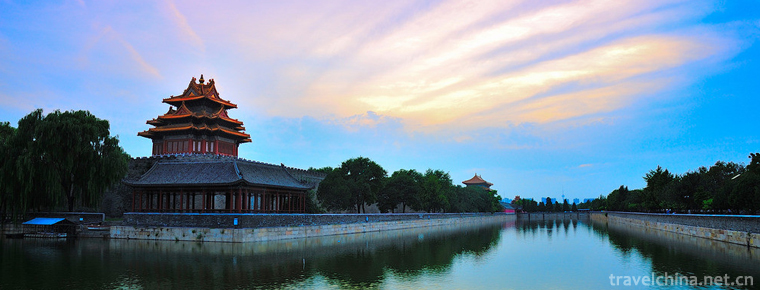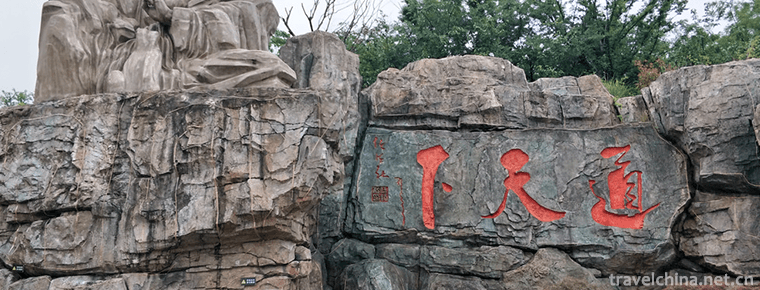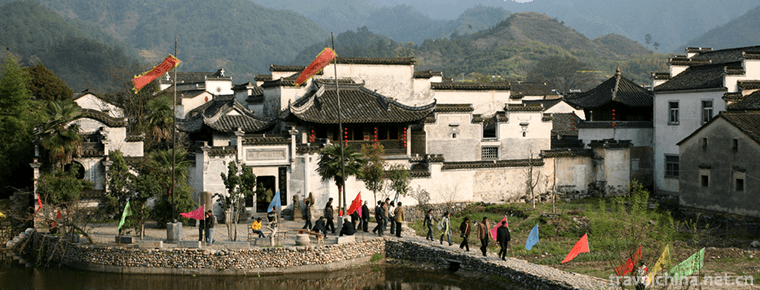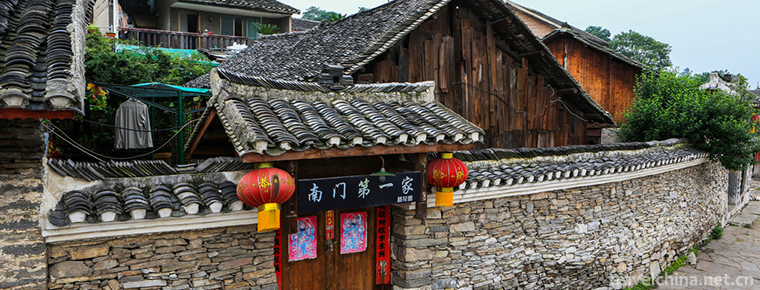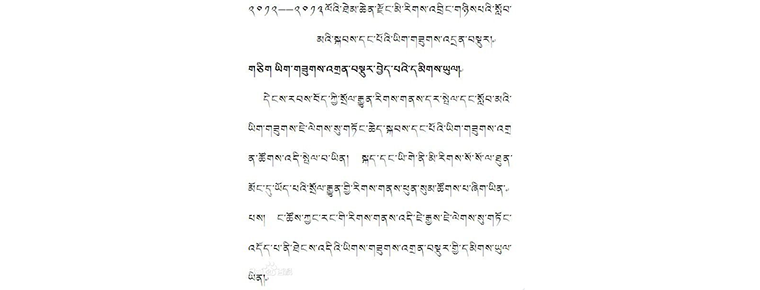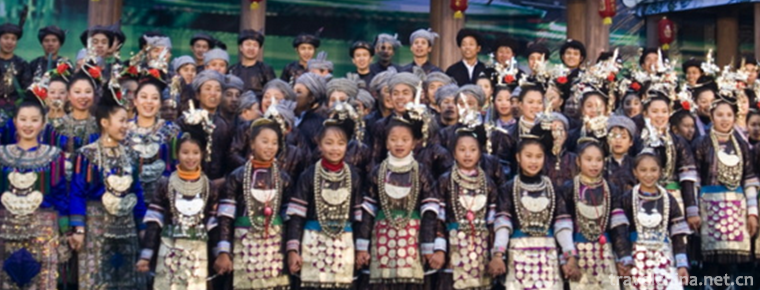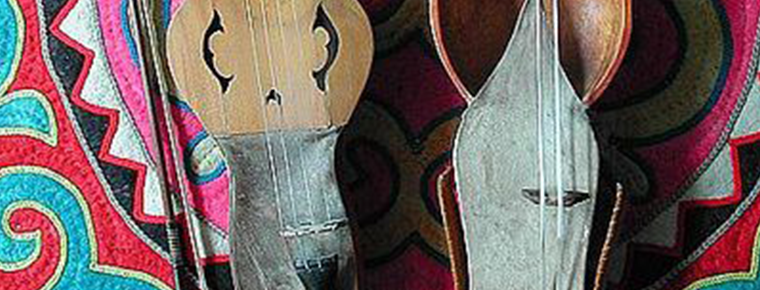Korean Crane Dance
Korean Crane Dance
Crane Dance of the Korean Nationality has a long history and is a unique dance performance form of the Korean Nationality in China. It has the national characteristics and the value of artistic research, has a very high reference value for the study of Korean dance in China, and has an important significance for enriching and improving the form of Chinese national dance.
Under the impact of modern culture, traditional culture is difficult to develop, professional performance opportunities are becoming less and less, and development is difficult. The talent who has the ability to perform and master the art of crane dancing is aging. The loss of backbone strength is serious. The old, middle, young and young talents are out of file, and the green and yellow are not connected. As a result, crane dancing is facing endangerment.
In June 2008, the Korean Crane Dance declared by Yanbian Korean Autonomous Prefecture of Jilin Province was listed in the second batch of national intangible cultural heritage list with the approval of the State Council. Heritage serial number: 655 III-58.
historical origin
Korean folk dance is formed on the basis of the traditional culture of ancient Korea, Fuyu, Koguryo and Sankorea. Chinese Korean folk dance, on the basis of Korean traditional culture, forms today's dance charm in the specific historical environment of Northeast China. To study Korean folk dance culture, we should understand the economic life, national psychology and the historical aspects of its ancestors, further study the evolution and development after becoming Korean, and analyze the cultural characteristics and remains of material and spiritual in various stages of development. Korean folk dance has become a high-level artistic form with Chinese national characteristics in a wide range of collections.
The Korean nation has a long tradition of music and dance, which has a profound historical accumulation and cultural connotation. Therefore, whether in the Tang, Song Dynasty or after the cultural input, they can absorb foreign forms of music and dance extensively, maintain their own cultural tradition and make it develop continuously. Because of the mutual influence between the "music and dance" of the court and the "folk music", the national color of folk dance has been enhanced correspondingly, and the ancient custom of singing and dancing is still prevalent.
The rhythm of Korean folk dance, the embodiment of crane's mentality in folk dance, is the integration of inherent beauty and dance posture beauty of the Korean nation. It is the result of the coordination and sublimation of the unique rhythm form and breathing method to show their mentality and charm of worshiping cranes. In Korean folk dances, the material factors that simulate the natural form of cranes are "Hebu" and "Hefei" dancing images. Stilts seem to have nothing to do with cranes and Korean folk dances, but in the book Gaogouli Culture, there are acrobatic portraits of stilts on the murals of opera figures in the ancient graves of Baqingli and Shuishan, which is a visual simulation of the ancient Korean crane totem worship.
artistic characteristics
The Korean Crane Dance was originally an interlude performance form of the large-scale court song and dance "Five Prescriptions Dance". During the Li Dynasty, there were new changes in the performance of crane dance: two cranes danced around two lotus flowers and became an independent "Heli Lotus Dance". Crane Dance has been introduced into China for a hundred years. It has been processed and reorganized by folk artists to make it more perfect and popular among the people. At the beginning of liberation, it was popularized in all counties and cities in Yanbian area, and at present it is the most widely popularized in Antu.
Under the beautiful Changbai Mountain, the white and elegant crane is the symbol of auspiciousness, purity and longevity in the hearts of the Korean people. Its graceful form and beautiful characteristics vividly reflect the Korean folk dance, thus forming a dynamic and static combination, relaxed, free and flowing, graceful and graceful dance features, "crane foot" and "crane flying" are common dance images of the Korean nationality. Korean experts once described their own national dance in this way: crane-like pace and willow-like body, this summary is very accurate and refined.
The Crane Dance mainly simulates the crane's leisurely movements, such as neck-lifting, pecking and arm-swinging, to show the Korean people's spiritual belief in revering cranes and their pursuit of goodness and beauty. It is the only bird masquerade dance in Korean folk dance. The movement is marked by the imitation of crane characteristics. It is simple, gentle and stretching. It is a special form of artistic performance, which is obviously different from other Korean dances.
Inheritance and protection
In 1952, Jin Zaoshan, the first generation inheritor of crane dance, performed the "crane dance" at the amateur literary performance of farmers in Wanbao Town (now Wanbao Town). In the 1980s, the "crane dance" was spread through the excavation and arrangement of literary and artistic workers. In 1989, the Antu County delegation performed the "crane dance" and won the first prize in the whole state literary and artistic performance. In 1997, the "crane dance" was earned by the government. "Chinese Korean Dance Integration" edited by the Ministry of Family Culture.
"Crane Dance" has a high artistic and ornamental quality. Antu County, aiming at the lack of professionals and the low level of relevant theoretical research, allocated special funds to establish a performance base, set up a Korean art training center, and put "Crane Dance" as the focus of training content. At the same time, the intangible cultural heritage at the national level has been declared.
In the future, Antu County will also set up a dance troupe with "Crane Dance" as its main content in the tourist attractions, and build a folk culture system with the focus on Crane Dance, so as to make the folk cultural heritage art of this nationality develop continuously.


-
Taipei 101 building
Taipei 101 Building, formerly known as Taipei International Financial Center.
Views: 265 Time 2018-10-12 -
Mount Maoshan
Maoshan is located in Jurong City, Zhenjiang City, Jiangsu Province. It is about 10 kilometers long from north to south, 5 kilometers wide from east to west, and covers an area of more than 50 square .
Views: 184 Time 2018-12-06 -
Jixi Longchuan Scenic Area
Jixi Longchuan Scenic Area in Xuancheng City, Anhui Province, is a national AAAAA-level Tourism Scenic Area officially approved by the State Tourism Administration.
Views: 141 Time 2018-12-08 -
Rob Village
Located 35 kilometers southwest of Yuli County, Luobu Village is 85 kilometers south of Korla City. The village covers 72 square kilometers and has more than 20 families.
Views: 186 Time 2019-02-06 -
Qingyan Ancient Town
Qingyan Ancient Town, one of the four ancient towns in Guizhou, is located in the southern suburb of Guiyang City. It was built in Hongwu ten years (1378) of Ming Dynasty .
Views: 149 Time 2019-02-07 -
The Old Site of Zaoyuan Revolution
Zaoyuan is located 8 kilometers northwest of Yan'an City. It is a garden-like revolutionary memorial. There are many kinds of flowers, plants and trees growing in it. The scenery is beautiful and the .
Views: 157 Time 2019-03-09 -
Zhangjiakou Zhangbei Grassland
Zhangbei grassland is located in Zhangbei County, 70 kilometers northwest of Zhangjiakou. It consists of two grasslands, Zhongdu and Angoli. In Zhangbei grassland, you can ride horses and shoot arrows.
Views: 172 Time 2019-03-10 -
Tibetan calligraphy
Tibetan calligraphy is an important part of Tibetan culture and art. In the seventh century AD, during the Zampson Zangganbu period of Tubo, minister Tunmi Sampuza absorbed the advantages of different.
Views: 148 Time 2019-04-05 -
the Dong chorus
Originated in the Spring and Autumn Period and the Warring States Period, the Dong Grand Song has a history of more than 2500 years. It is a folk chorus form with multi-voice.
Views: 165 Time 2019-04-27 -
Kazakh Kubuzi
Kubuzi is the representative of Kazakh's playing instruments. Chinese is also translated into Hobbes, Hobbes, Kibbs and so on. Kubuzi structure is simple and beautiful, used for solo, ensemble or acco.
Views: 108 Time 2019-05-02 -
Suining Education
By the end of 2019, Suining had 911 schools of all levels and types, with 440000 students and 32000 full-time teachers. Among them, 196 primary schools enrolled 30600 students and 180600 students; 130 junior high schools, 28300 students and 78400 students.
Views: 362 Time 2020-12-16
